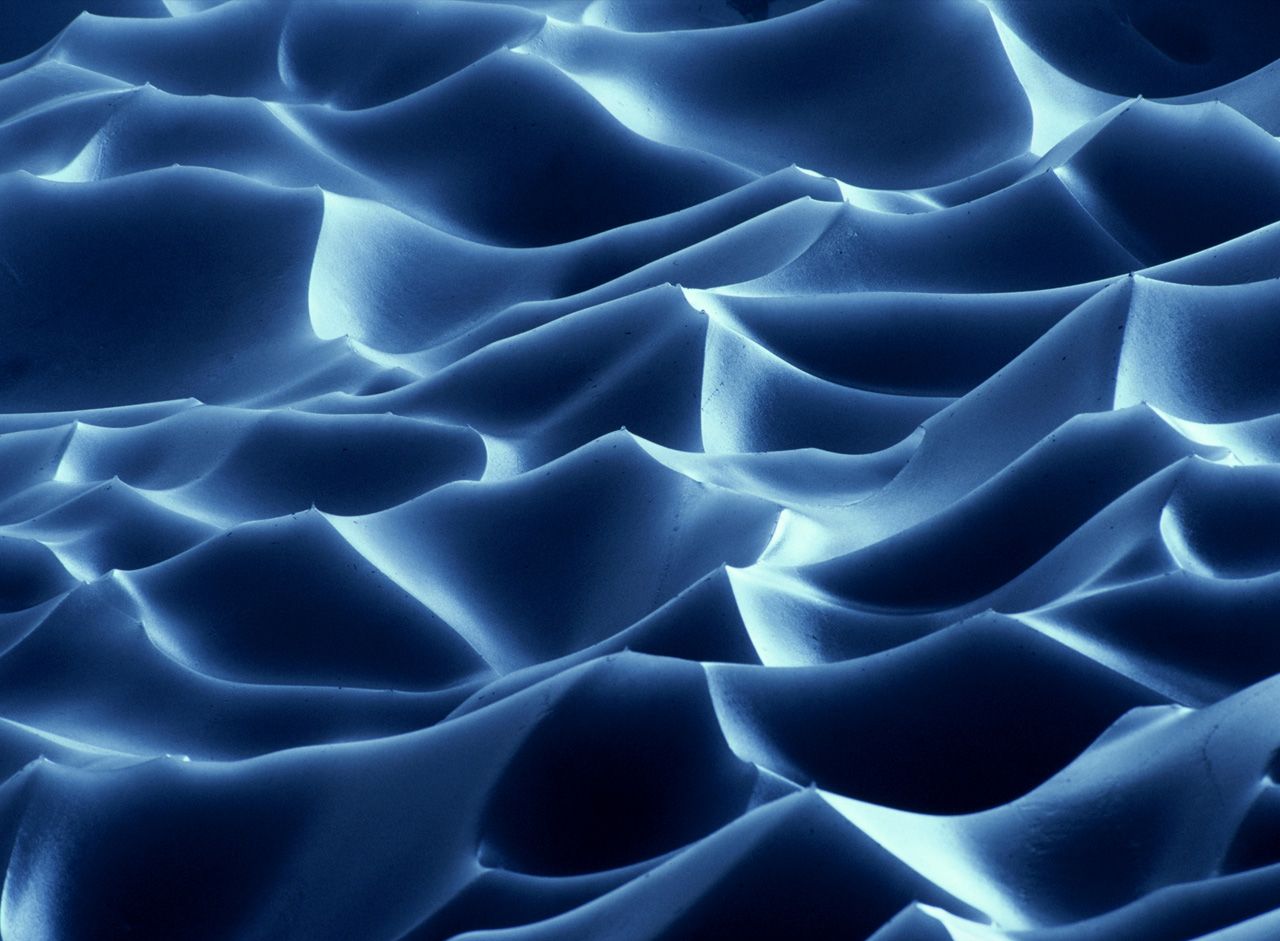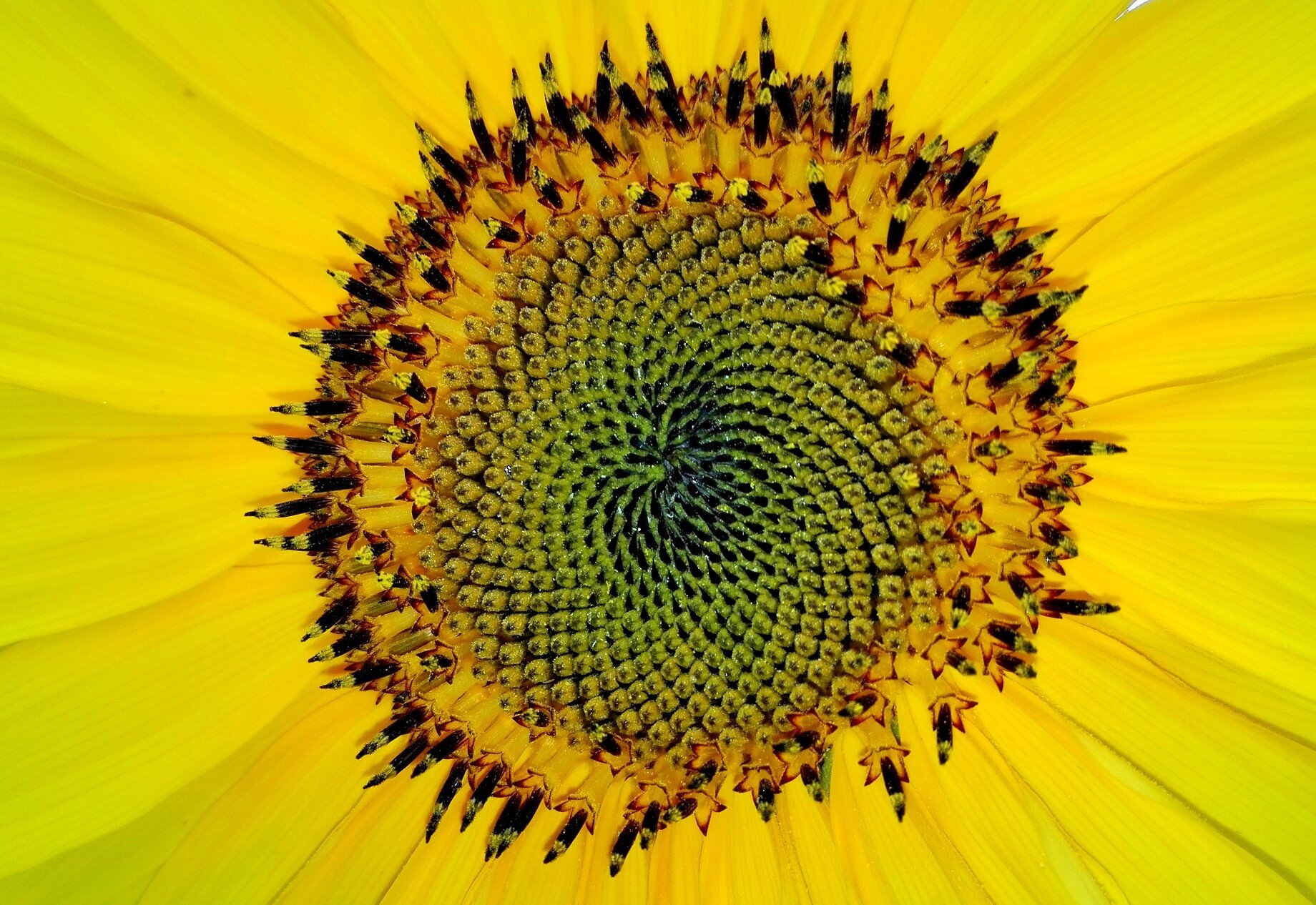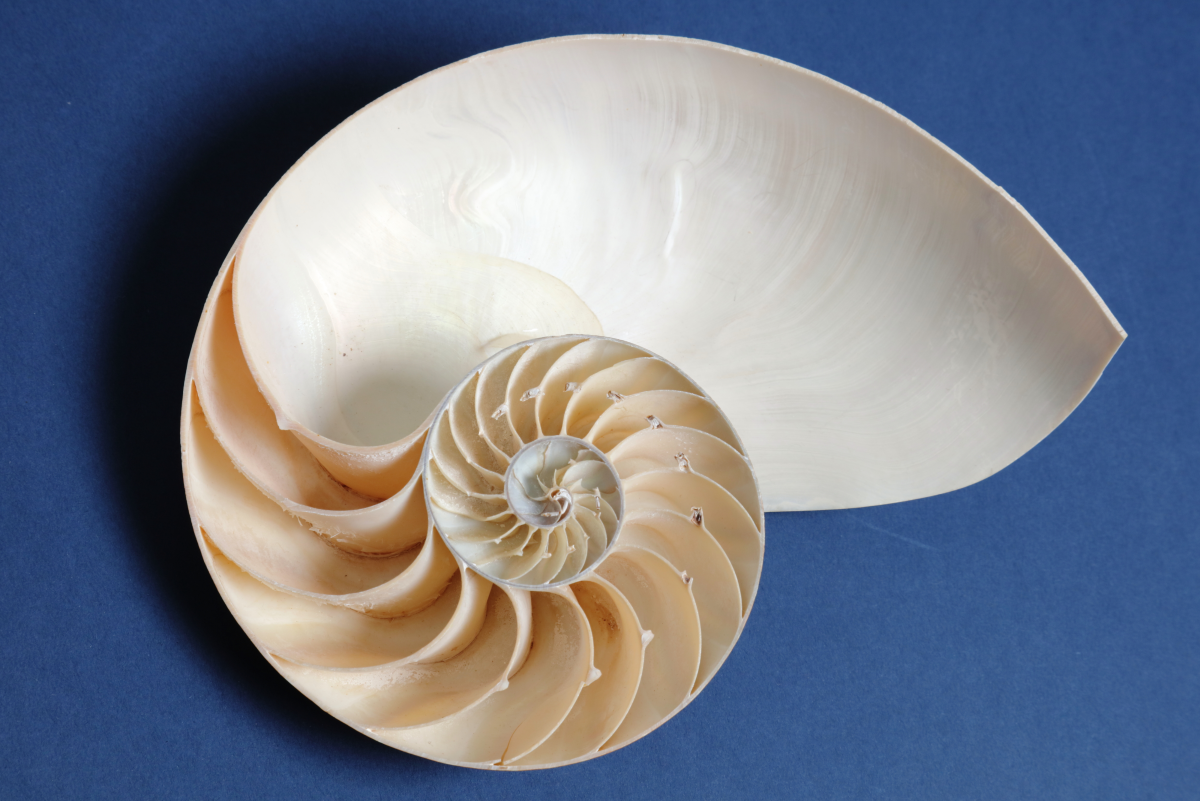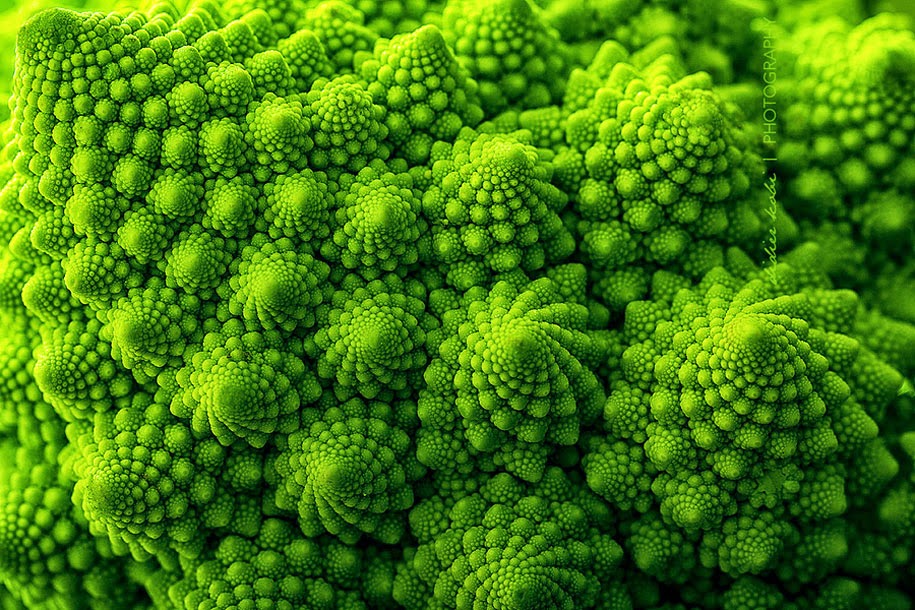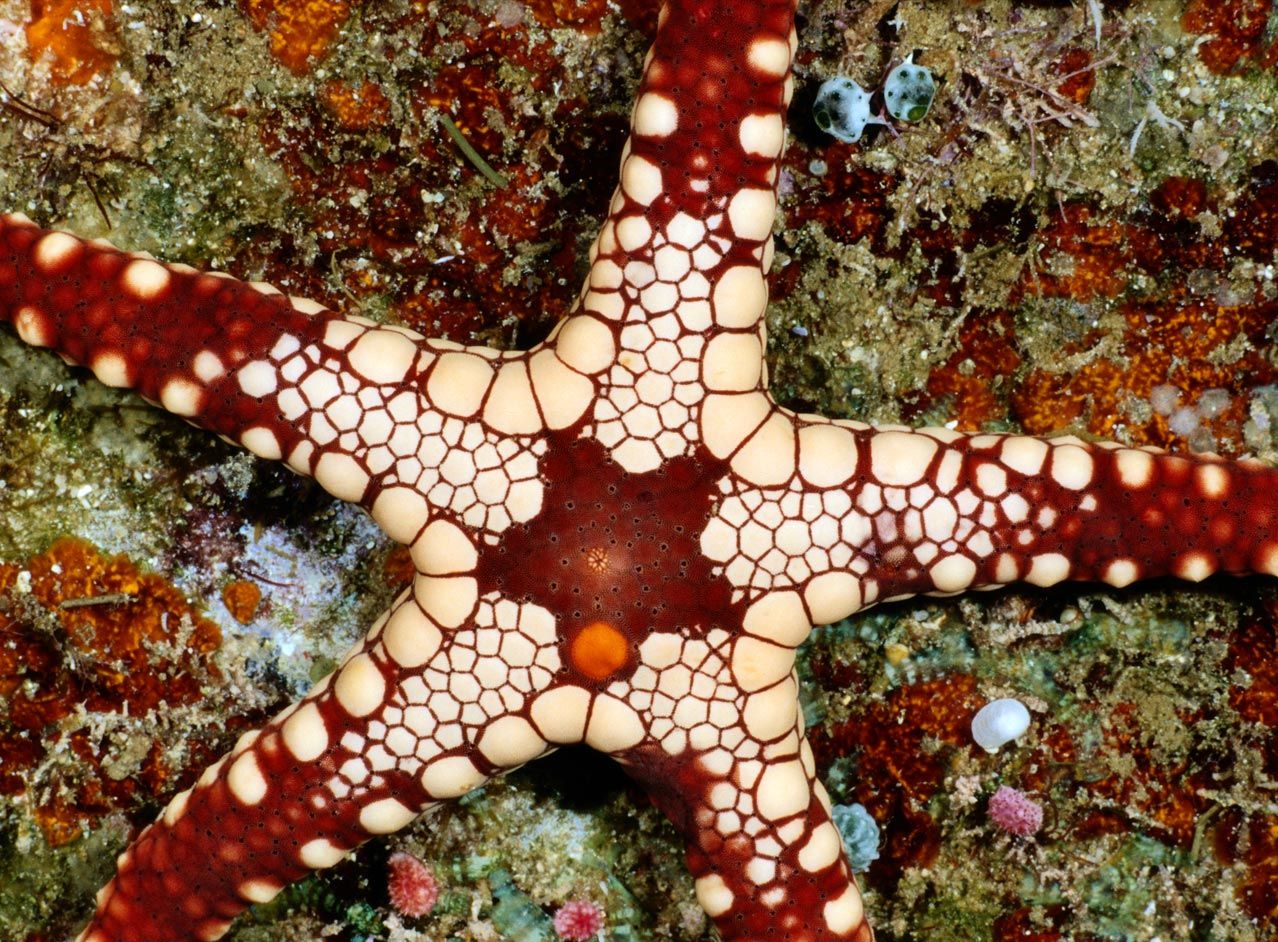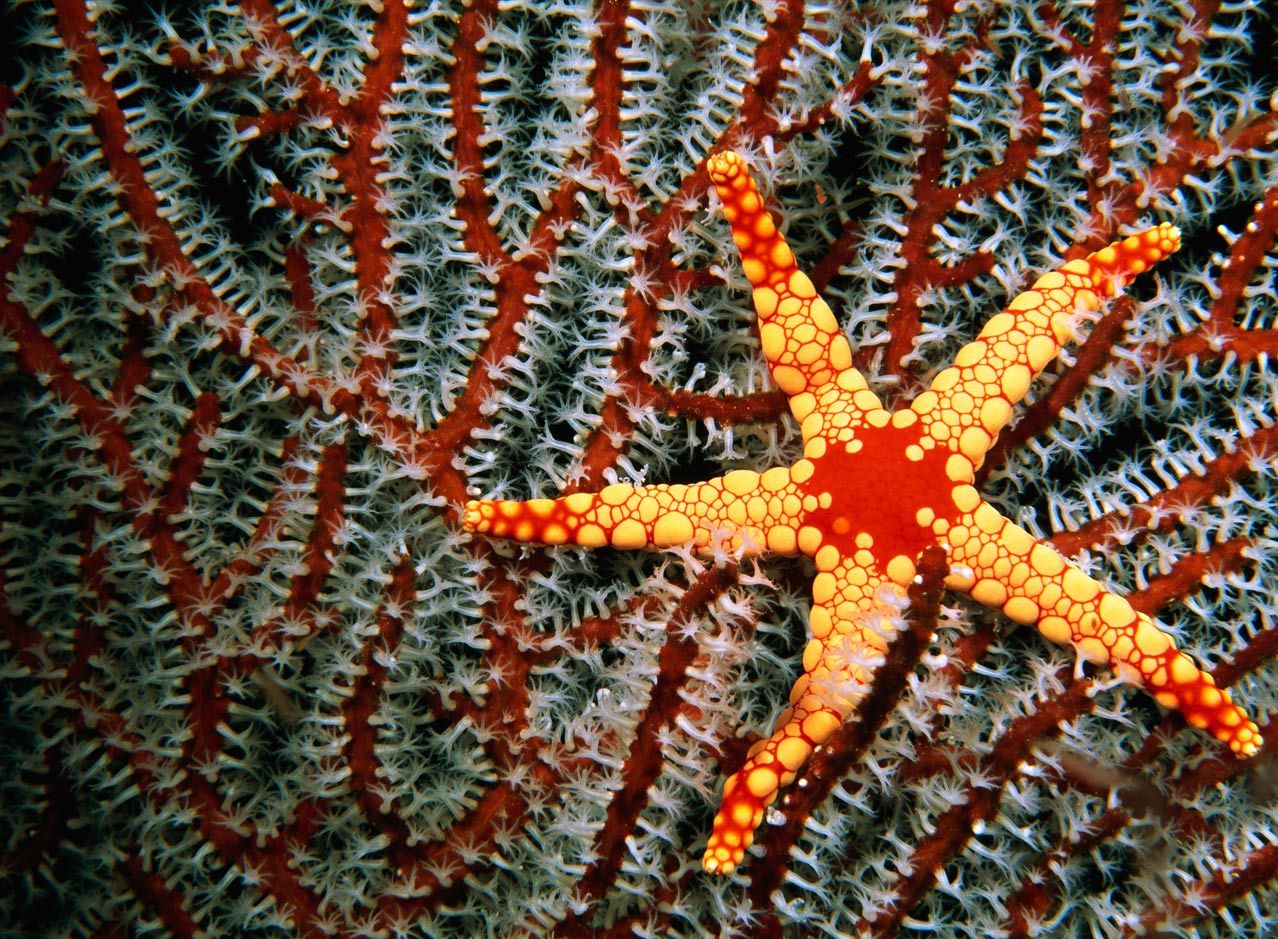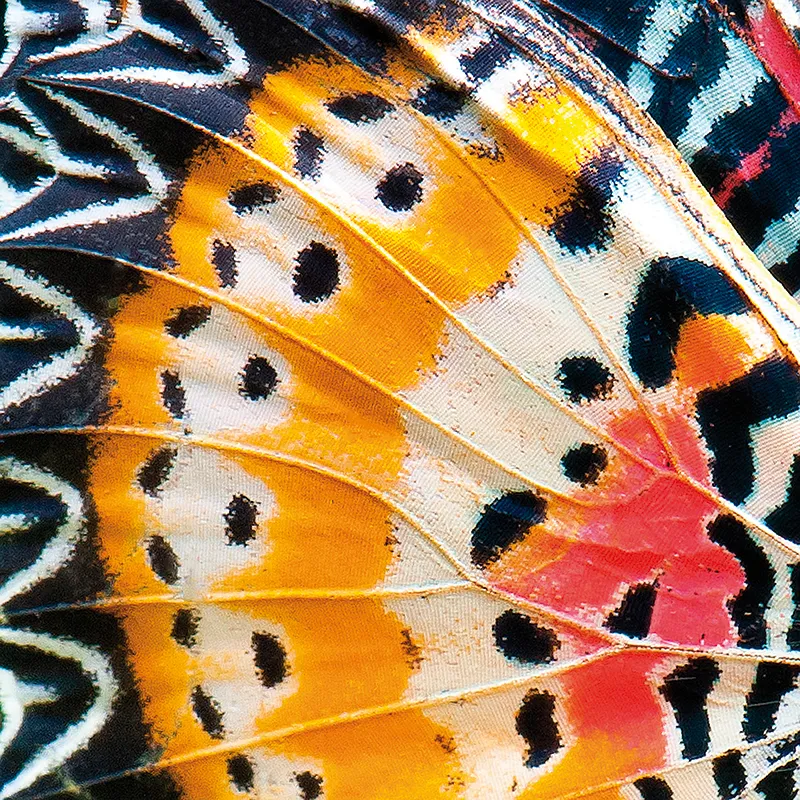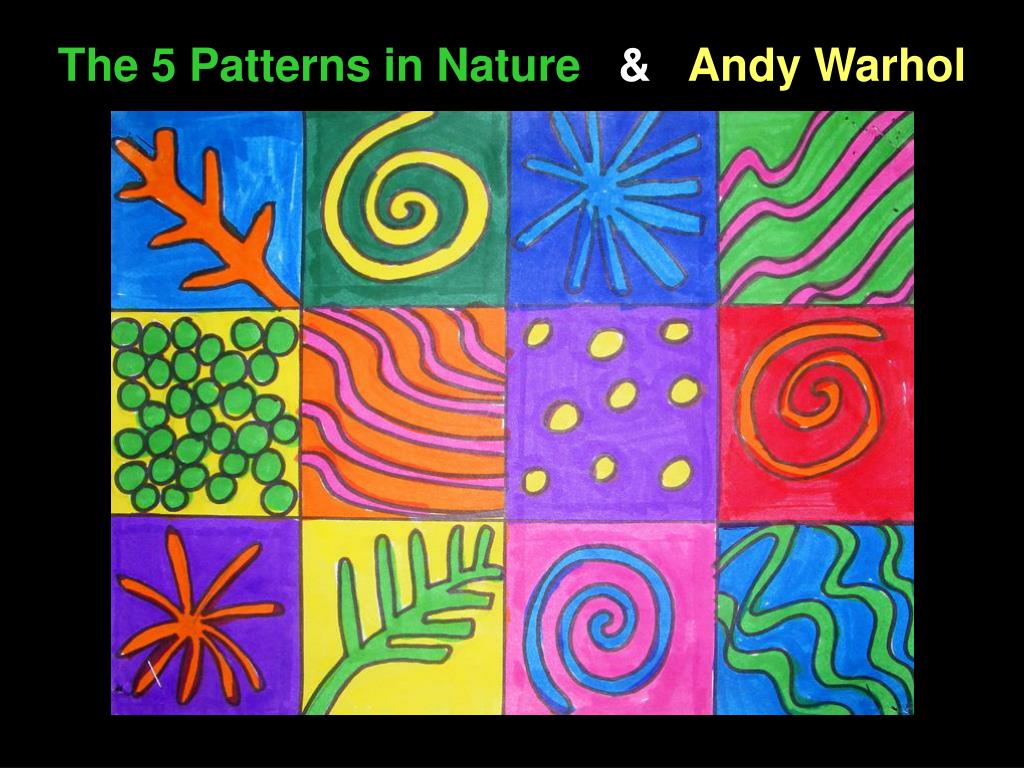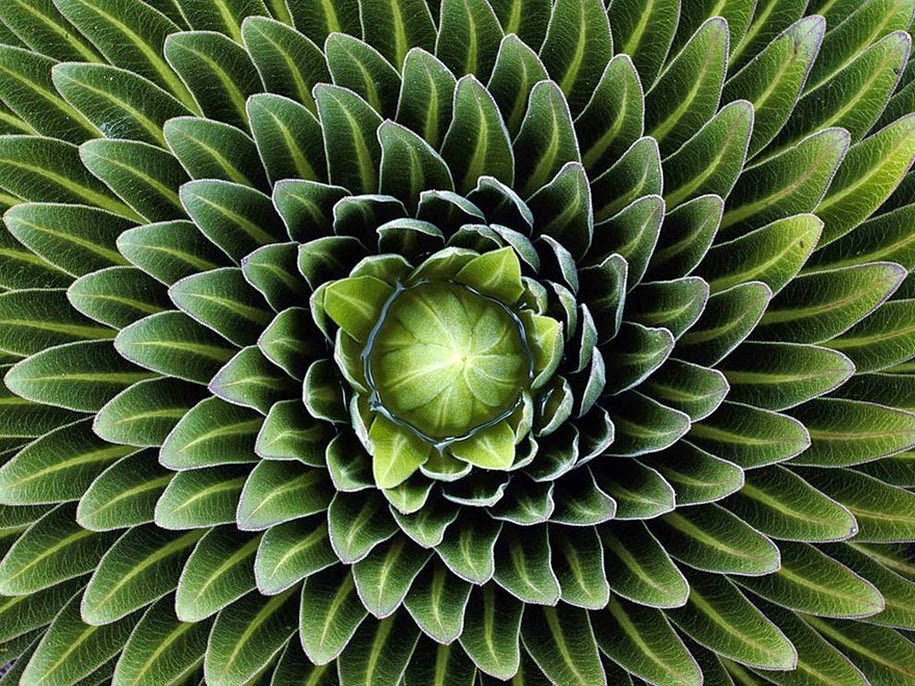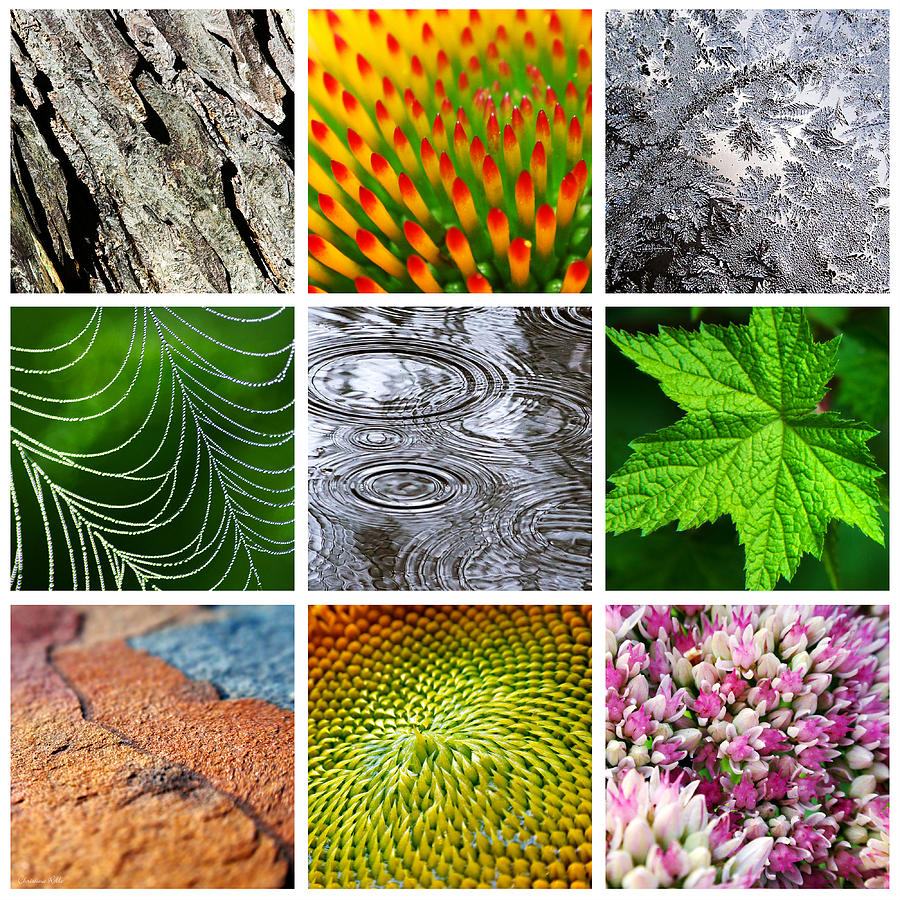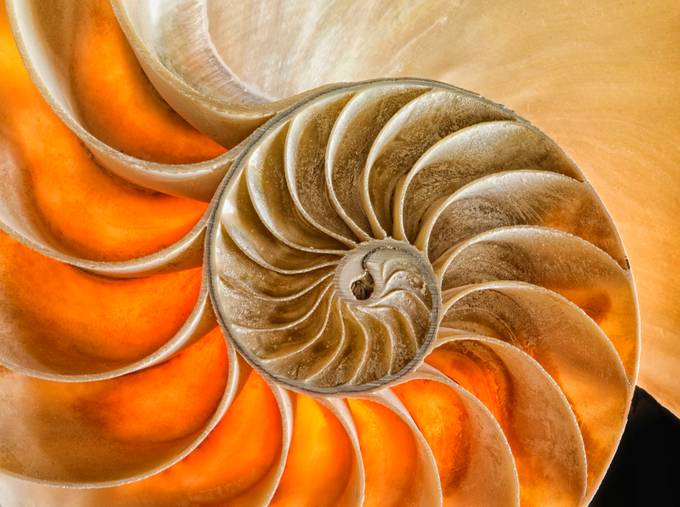Best Of The Best Tips About What Is The 5 Pattern In Nature Free Hand Graph

Learn all about the fibonacci sequence in nature.
What is the 5 pattern in nature. Give your eyes a break and solve 11 of the most. This pattern is much like the golden ratio. The fibonacci sequence is a path of least resistance, seen in the structure of large galaxies and tiny snails.
Numbers in nature, ran in 2019 and took a close look at the patterns that appear in the world around us. These patterns recur in different contexts and can sometimes be modelled mathematically. Pine cones have 3 and 5, 5 and 8, or 8 and 13 sets of spirals.
Snail shells, flower petals, pine cones, snakes, storms, dna, curly hair, even galaxies are spirals—and that’s not even nearly all! Here both sets are equally prominent. Physically show students examples of flowers that exhibit the fibonacci sequence.
Repeating patterns in nature, such as the symmetrical arrangement of petals on a flower or the regular series of notches on a pine cone, help us to find logic and order in our lives. Present a mini lecture about the fibonacci sequence along with identifying the difference between flower petals and sepals (optional). Your eyes will keep jumping to the spinning sunbursts of seeds—even though they’re all staying still.
Explore the intricate designs that govern the natural world and gain insights into the beauty and complexity of mathematical principles in our environment. Have you ever observed the similarity between the shape of your lungs and the structure of a tree? The science behind nature’s patterns.
Richly illustrated with 250 color photographs and anchored by accessible and insightful chapters, patterns in nature reveals the organization at work in vast and ancient forests, powerful rivers, massing clouds, and coastlines carved out by the sea. Patterns in nature are visible regularities of form found in the natural world. Or maybe the pathways of lightning and the way a river breaks through the earth?
Spots, stripes, fingers, and toes. The fibonacci sequence works in nature, too, as a corresponding ratio that reflects various patterns in nature — think the nearly perfect spiral of a nautilus shell and the intimidating swirl of a hurricane. Whether in plants and animals or rocks, foams and ice crystals, the intricate patterns that happen in nature come down to what’s happening at the level of atoms and molecules.
Stripes on tigers, whorls in your fingerprints, ripples in sandy deserts, and hexagons you can cook in your own kitchen. Fractals in nature include fractal branching in natural phenomena such as trees, river systems, lightning bolts and in the vessels in blood circulatory systems and in the lungs. Patterns in nature:
In nature, a giraffe's coloring is an example of a tiling pattern. Natural patterns include symmetries, trees, spirals, meanders,. When we take any two successive (one after the other) fibonacci numbers, their ratio is very close to the golden ratio:
This book is about patterns: But what makes these natural patterns form? Patterns in nature are visible regularities of form found in the natural world.




